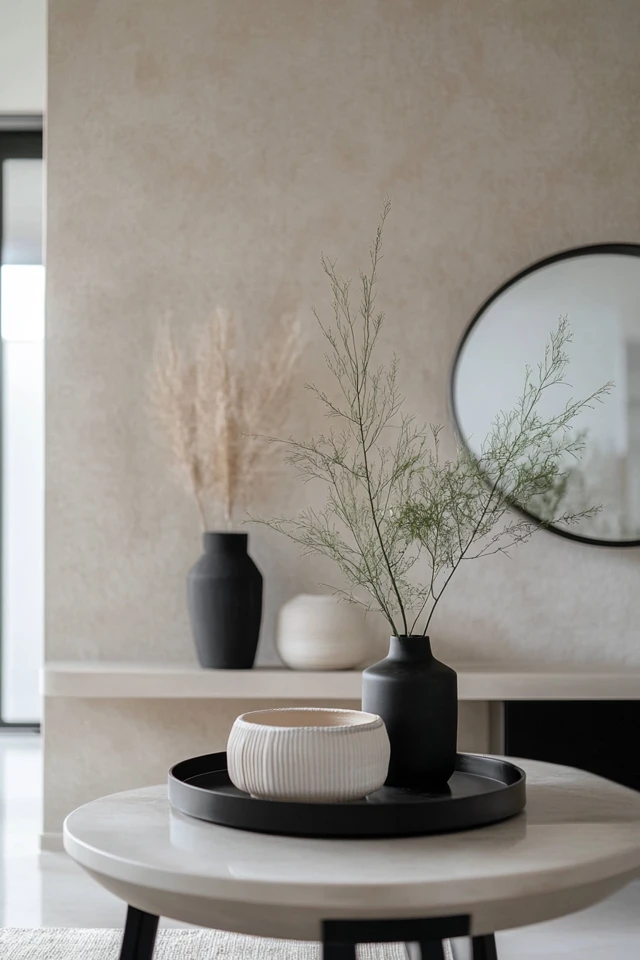Introduction
Small spaces don’t have to feel cramped! With the right strategies and thoughtful decor choices, even the tiniest of rooms can feel open, airy, and inviting. I’ve had plenty of experience working with compact spaces—studio apartments, cozy living rooms, and even a client’s small office tucked into a corner of their kitchen. I still remember one project where we transformed a 400-square-foot apartment into what felt like a spacious oasis, simply by using a few clever tricks like mirrors, multi-functional furniture, and a strategic color palette.
The secret lies in smart home decor—pieces and design choices that maximize space, reflect light, and create the illusion of openness. In this guide, we’ll dive into actionable tips and creative solutions to help your space feel bigger, brighter, and more functional without sacrificing style.
Why Smart Decor Makes a Difference
Key Benefits of Smart Home Decor
- Maximizes Space: Clever decor choices can make even the smallest rooms feel functional and uncluttered.
- Enhances Light: Reflective surfaces and strategic lighting can brighten dark corners and open up the room.
- Adds Functionality: Multi-purpose furniture and creative storage solutions add utility without taking up more space.
- Boosts Aesthetic Appeal: Smart decor isn’t just practical—it’s also stylish and modern.
1. Use Mirrors to Reflect Light
Why It Works
Mirrors create the illusion of depth and make spaces feel larger by reflecting light and expanding your view.
How to Style It
- Place a large mirror opposite a window to amplify natural light.
- Use mirrored furniture like coffee tables or cabinets for subtle reflection.
- Create a gallery wall of smaller mirrors in various shapes and frames for a decorative touch.
- Try floor-length mirrors in narrow hallways to make them feel more expansive.
2. Opt for Multi-Functional Furniture
Why It Works
Furniture that serves more than one purpose saves space and reduces clutter.
How to Style It
- Choose a sofa bed for your living room or guest room.
- Use an ottoman with hidden storage to keep blankets, books, or toys out of sight.
- Opt for a dining table with foldable sides or drop-leaf extensions.
- Select wall-mounted desks that fold away when not in use.
3. Incorporate Light, Neutral Colors
Why It Works
Lighter colors make a room feel open and airy by reflecting light, while darker hues can feel heavy and constricting.
How to Style It
- Paint walls and ceilings in soft whites, beiges, or pastels.
- Use light-colored furniture and textiles, like linen or cotton in neutral shades.
- Add pops of color with throw pillows or artwork to keep the space interesting.
- Keep floors light with pale wood, neutral rugs, or light-colored tiles.
4. Choose Furniture With Exposed Legs
Why It Works
Furniture with exposed legs creates a sense of openness, allowing light to flow underneath and making the room feel less crowded.
How to Style It
- Opt for mid-century modern pieces with tapered wooden legs.
- Use sofas, armchairs, and tables with sleek, minimalist designs.
- Avoid heavy, boxy furniture that sits directly on the floor.
5. Hang Curtains Higher and Wider
Why It Works
High and wide curtains draw the eye upward, creating the illusion of taller ceilings and larger windows.
How to Style It
- Mount curtain rods several inches above the window frame.
- Extend curtain rods beyond the edges of the window to make the window appear larger.
- Use lightweight or sheer curtains to let in more natural light.
6. Add Vertical Storage
Why It Works
Vertical storage takes advantage of wall space, freeing up the floor and making the room feel less cluttered.
How to Style It
- Install floating shelves or wall-mounted cabinets for books, decor, or kitchen items.
- Use tall bookcases or storage units that draw the eye upward.
- Incorporate hanging organizers or pegboards for smaller items.
7. Use Glass or Lucite Furniture
Why It Works
Transparent materials like glass and lucite are visually lightweight, making them ideal for small spaces.
How to Style It
- Opt for a glass coffee table or dining table to keep sightlines open.
- Use lucite or acrylic chairs for a modern, minimalist look.
- Pair clear furniture with textured rugs or colorful accents for contrast.
8. Maximize Lighting
Why It Works
Well-lit rooms feel larger and more inviting, while dark corners can make spaces feel smaller.
How to Style It
- Use layered lighting, including overhead fixtures, table lamps, and floor lamps.
- Opt for fixtures with slim profiles or wall-mounted sconces to save space.
- Incorporate LED strip lighting under shelves or cabinets for subtle illumination.
- Use dimmers to adjust the mood and brightness based on your needs.
9. Keep Clutter to a Minimum
Why It Works
A clutter-free space feels more open and breathable, while excess items can make a room feel cramped.
How to Style It
- Use storage baskets or bins to organize small items.
- Adopt a minimalist approach by keeping surfaces clear of unnecessary decor.
- Regularly declutter to remove items you no longer use or need.
- Choose decor with dual functionality, like decorative storage boxes or stackable trays.
10. Define Zones With Rugs
Why It Works
In open-plan spaces, rugs can help define different zones without using physical dividers, which can make a room feel crowded.
How to Style It
- Use a large area rug under the sofa and coffee table to anchor the living area.
- Place a smaller rug under a dining table to define the eating space.
- Opt for rugs in neutral tones or subtle patterns to keep the space cohesive.
Picture Gallery
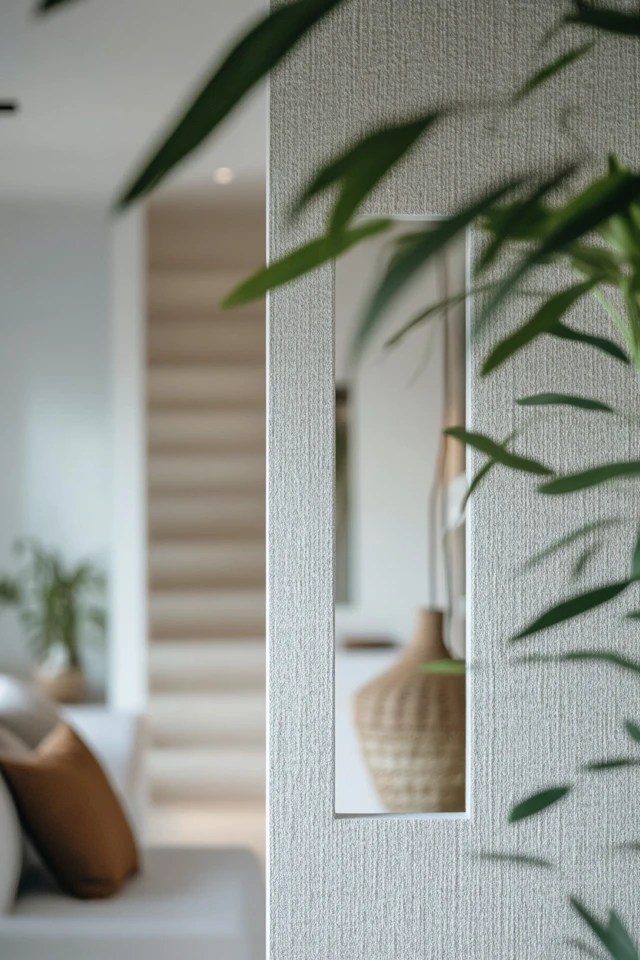
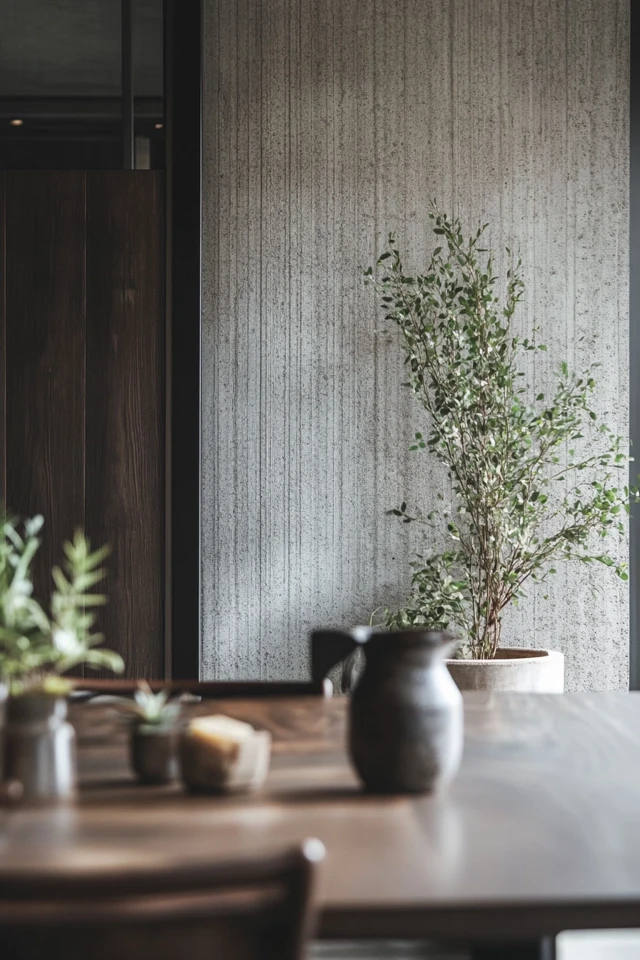
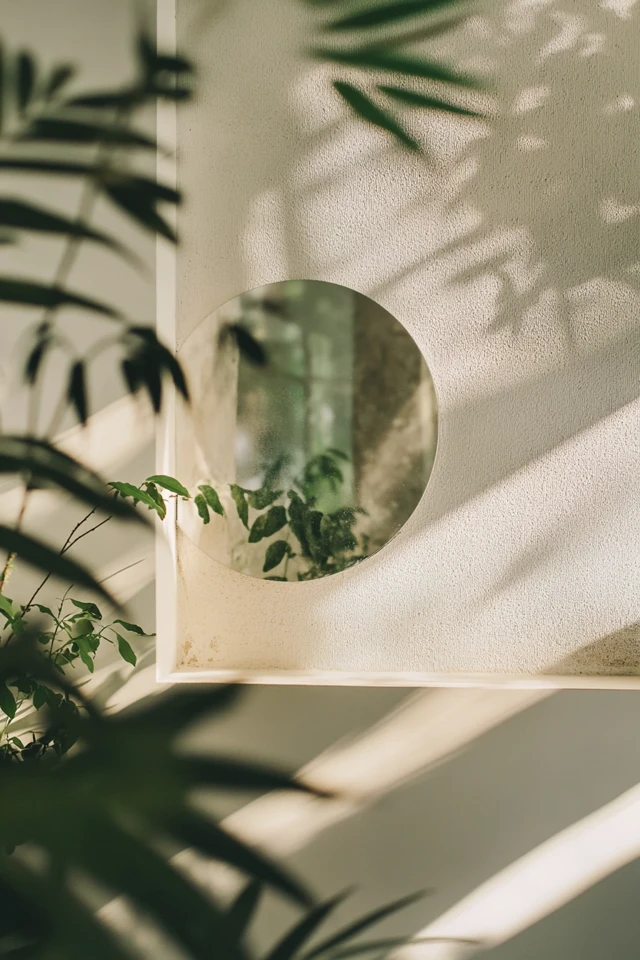
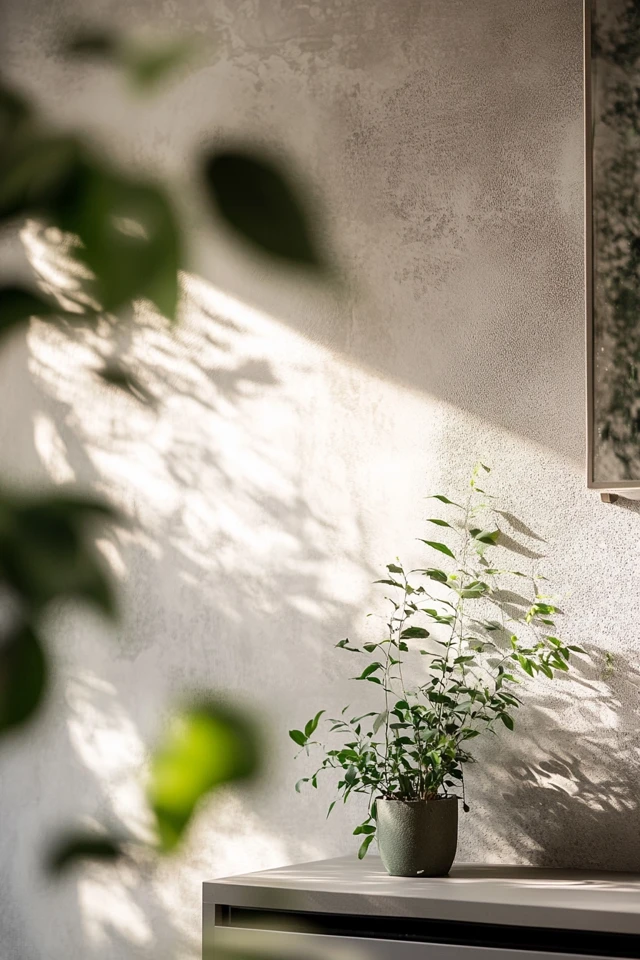

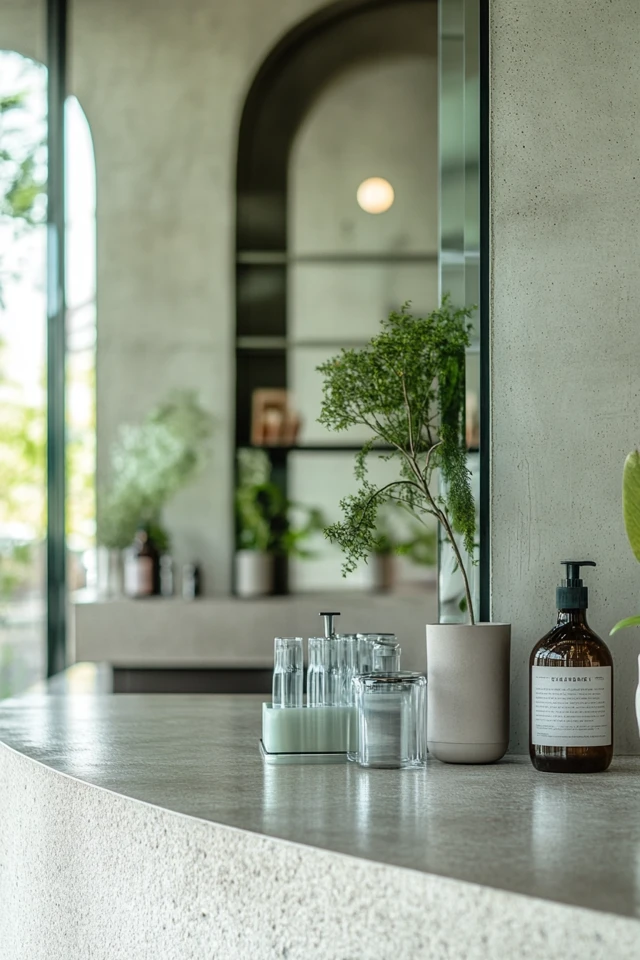
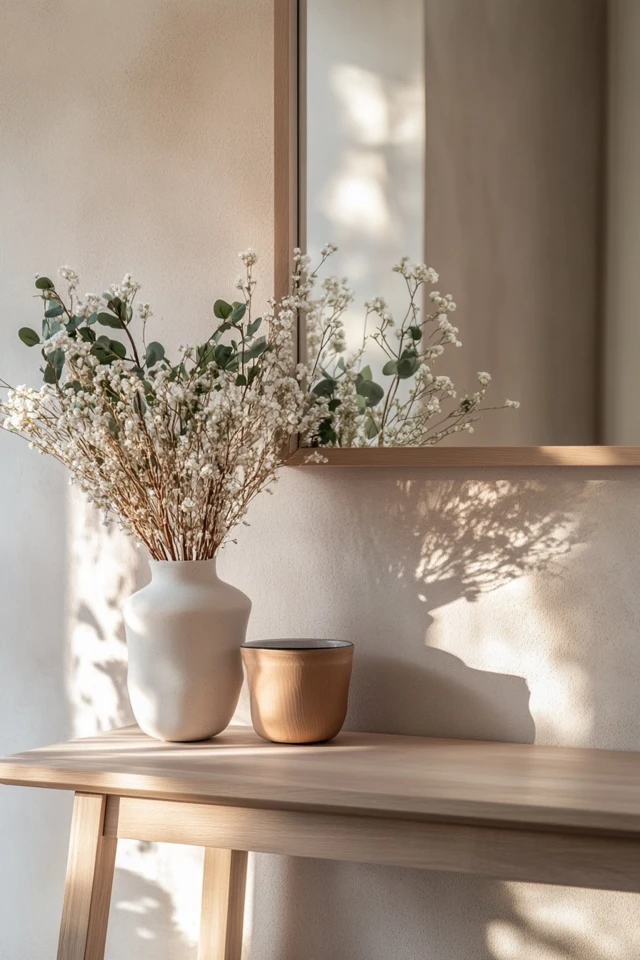
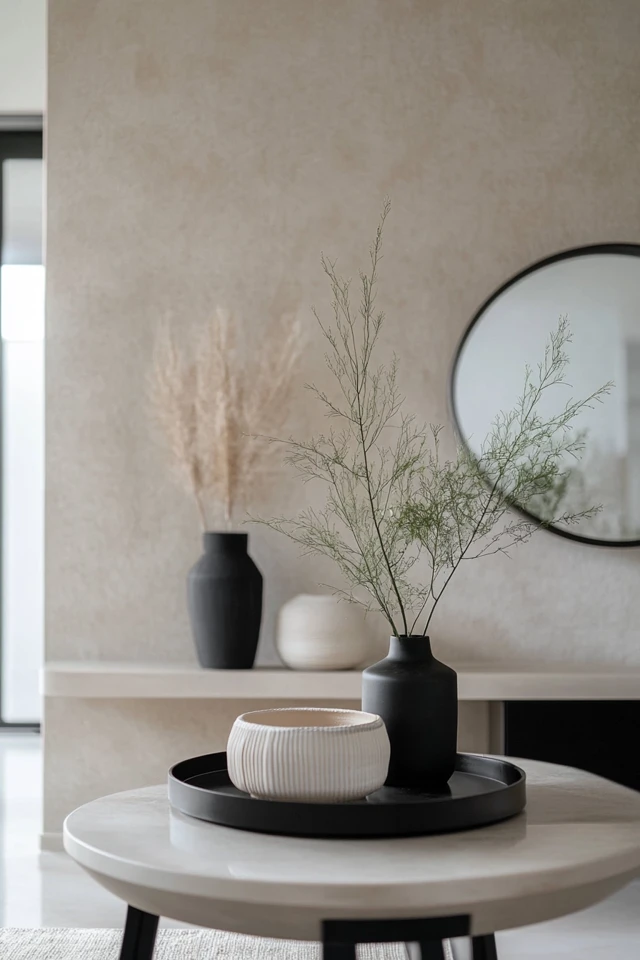
Conclusion
Creating the illusion of space in a small room doesn’t have to be complicated. With smart home decor choices like mirrors, multi-functional furniture, and light color palettes, you can make your space feel bigger, brighter, and more inviting.
What I love most about these strategies is how accessible they are—whether you’re on a tight budget or working with an unconventional layout, these ideas can work for you. Start with one or two small changes, like adding a mirror or switching to furniture with exposed legs, and watch how your space transforms.
Remember, it’s not just about making the room look larger—it’s about creating a space that feels comfortable, functional, and perfectly you.
FAQ
Can these tips work for any room size?
Yes! While they’re especially effective for small spaces, many of these strategies, like mirrors and neutral colors, can enhance larger rooms too.
How do I avoid making a small space feel too minimalist?
Incorporate texture and personal touches through decor, like throw pillows, rugs, and artwork, while keeping surfaces clutter-free.
What’s the best way to organize a small space?
Use vertical storage, multi-functional furniture, and concealed storage solutions to maximize functionality without crowding the room.
Can I use dark colors in a small space?
Yes, but use them sparingly. Dark colors can add depth and drama but should be balanced with lighter tones and adequate lighting.
Where can I find affordable furniture for small spaces?
Check stores like IKEA, Wayfair, or Target for budget-friendly options, or browse thrift stores for unique finds.

